Welcome to Citizen Scholar! Since launching a month ago, we’re already reaching hundreds of people each week so we thank you for your continued support. If you enjoy our writing on civic virtue and individual excellence, we humbly ask you to share Citizen Scholar with your family members and friends who may enjoy it. The contents of the audio and text formats are identical and meant to accommodate your preferences. Please let us know if you have any feedback - we’re always looking for ways to improve!
Introduction
Popular culture offers frequent inspiration for the would-be traveler. Instagram encourages flexing on followers by tagging posts to high-profile destinations or resorts. Tik Tok expats advise on how best to navigate Italian cities. Various travel blogs cater to every budget and geography, and Anthony Bourdain’s old travel shows encourage binge-watching on streaming services like Netflix.
While the cues enticing us to pack a bag and head to the airport are many – especially against the backdrop of COVID lockdowns and regardless of whether we can afford it or not – few are as epic or as powerful as Patrick Leigh Fermor’s books. Fermor was a British author whose persona resembles a cross between James Bond, Anthony Bourdain and Indiana Jones. Today we’ll dig into his classic memoir, A Time of Gifts.
In late 1933, Fermor was eighteen years old and restless. He’d recently been kicked out of school after crossing a red line of the time – he’d been caught holding hands with a girl in public. This was just the latest black mark on Fermor’s academic record by the standards of the time. A myriad of disciplinary troubles throughout his youth presaged his housemaster’s report that Fermor was a “dangerous mixture of sophistication and recklessness, which makes one anxious of his influence on other boys”.
While he’d been banished from institutions of formal education, Fermor was still well-read by the standard of his time and arguably much better read than the typical college-educated person is today. Fermor briefly sought to apply this knowledge toward a literary career in London, but quickly realized his financial resources wouldn’t last long enough to achieve the desired outcome. In acknowledging this reality, Fermor might’ve abandoned his goal in order to pursue a more “practical” endeavor. Instead, he doubled down.
Setting Out on an Adventure
Fermor decided to take the little money he had, walk across Europe and write a book about it. Inspired by his classical education and poets / travel writers he’d read, Fermor set Constantinople and modern Greece as his destinations. He sailed to the Netherlands to begin the journey and committed to objectives today’s travelers don’t often discuss; Fermor wanted to explore the historical landscapes he’d only read about, to immerse himself in the cultures along the route and to learn their languages rather than seeking out English-speakers. Forty years later, Fermor would tell the first half of this story – the portion of the journey from the Netherlands to Hungary – in A Time of Gifts.
A Time of Gifts isn’t a typical “EuroTrip” story, however. Fermor left London in December 1933 and wouldn’t be back until 1937. The Europe he walked across was a place where traditional and pre-industrial characteristics were much more present than they would be just a few decades later, where many people had been directly impacted by World War I, and where the Nazi party had recently come to power in Germany.
As he traveled on foot through the Netherlands, Germany, Austria, Czechoslovakia and into Hungary, Fermor experienced numerous highs, lows, contradictions, dangers, triumphs and lessons. Without money to spend on lodgings, he met new people and relied on free hospitality. Some nights he’d sleep in barns or workhouses and on others, an aristocrat he’d befriended would host him in a castle. In Germany, Fermor recalled encountering open supporters and quieter detractors of the Nazi regime. While one German reacted to meeting this British subject by going on a drunken tirade about avenging the loss in World War I, many others showed him great hospitality and became his friends. His adventures ranged from getting too drunk in Munich’s famous Hofbrauhaus and losing his belongings and passport, to discussing literature and history with learned lay scholars and monks, to painting portraits of Viennese locals to earn some money, to being violently arrested in Hungary on suspicion of being a smuggler. These aren’t spoilers – the story is full of epic and joyous adventures Fermor got to experience on his journey.
Key Takeaways & Conclusion
Fermor’s achievement in A Time of Gifts exceeds that of simply telling a great story; he modeled how one could satisfy the cliché advice to be a traveler rather than a tourist. He didn’t have the option to snap a picture in front of the two or three highest profile attractions in a city for Instagram and move on. Instead, Fermor took a deep interest in the history and culture of the towns and regions he passed through. He was as fascinated by the recent history of Bratislava as he was by the cultural differences in different German-speaking regions and ethnic rivalries in the former Austro-Hungarian empire.
Fermor also invested meaningful time into learning and conversing in the languages of the areas he explored, especially German and its various dialects. Communicating with native speakers in a new language can be terrifying, even for those who speak more than one language natively. The bravery and dedication required to pull this off inclines us toward forgiving him for the occasionally annoying exoticist undertones in his descriptions of places and events.
This wholehearted dive into traveling rather than checking tourist boxes had the pleasant effect of acquainting Fermor with many extraordinary people from every walk of life. We recognize the two obvious arguments for why these outcomes aren’t accessible to many today: cost and different norms in place today toward interactions with strangers. There are, however, ways around this.
One of our team members traveled across Europe alone and on a budget before COVID. Admittedly, this was a sorry excuse of a trip compared to Fermor’s, but an incredible experience nonetheless. More importantly, there are lower cost options today that weren’t available in the 1930’s, such as decent hostels and budget transportation options, that have democratized access to travel. Before the pandemic, an entire sub-class of people traveled around the world on limited means, often working remote jobs or jobs in hostels they were staying in to fund a unique lifestyle. In their case, the primary obstacle isn’t financial means or social norms, but leaving behind responsibilities and attachments in their old life.
This nomadic lifestyle obviously isn’t for everyone. However, every traveler can benefit from Fermor’s model of truly engaged travel. One easy way to start is to avoid eating at global chain restaurants in tourist destinations to avoid having to research restaurants where you won’t get ripped off! Resisting the temptation to patronize the McDonalds in the heart of Venice is a tiny step toward becoming as much of a badass as Paddy Fermor was in walking 1,400 miles across Europe and eventually becoming a World War II hero.
Fermor would make it to Constantinople and spend considerable time in the Balkans, embedding himself in artistic circles and participating in civil strife in Greece. When World War II broke out in 1939, he returned to Great Britain to join the army. Fermor became a war hero for his service in Crete during the war, where in his special forces role he helped organize the armed Cretan resistance to Axis forces. He would spend much of the rest of his life in continental Europe, writing great books like A Time of Gifts. The 80-100 cigarettes he apparently inhaled a day didn’t prevent Fermor from reaching the ripe age of 96 years old and passing away in England in 2011. We salute Fermor for living a legendary life and for inspiring us to live fuller lives as well.
All the best,
The Citizen Scholar Team
Source: patrickleighfermor.org
Newsletter Recommendation: YouTopian Journey
You have greatness within! YouTopian Journey is here to help you awaken it with life changing knowledge and unique artwork from our custom drawn comic book! YouTopian Journey provides weekly motivation and wisdom to help you become mentally stronger and realize your potential.
P.S. If you made it this far & enjoyed the post, could you please let us know by giving the heart button below a tap? Thank you!

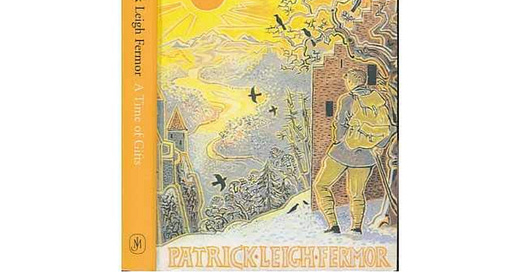

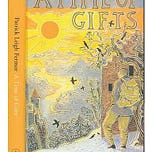


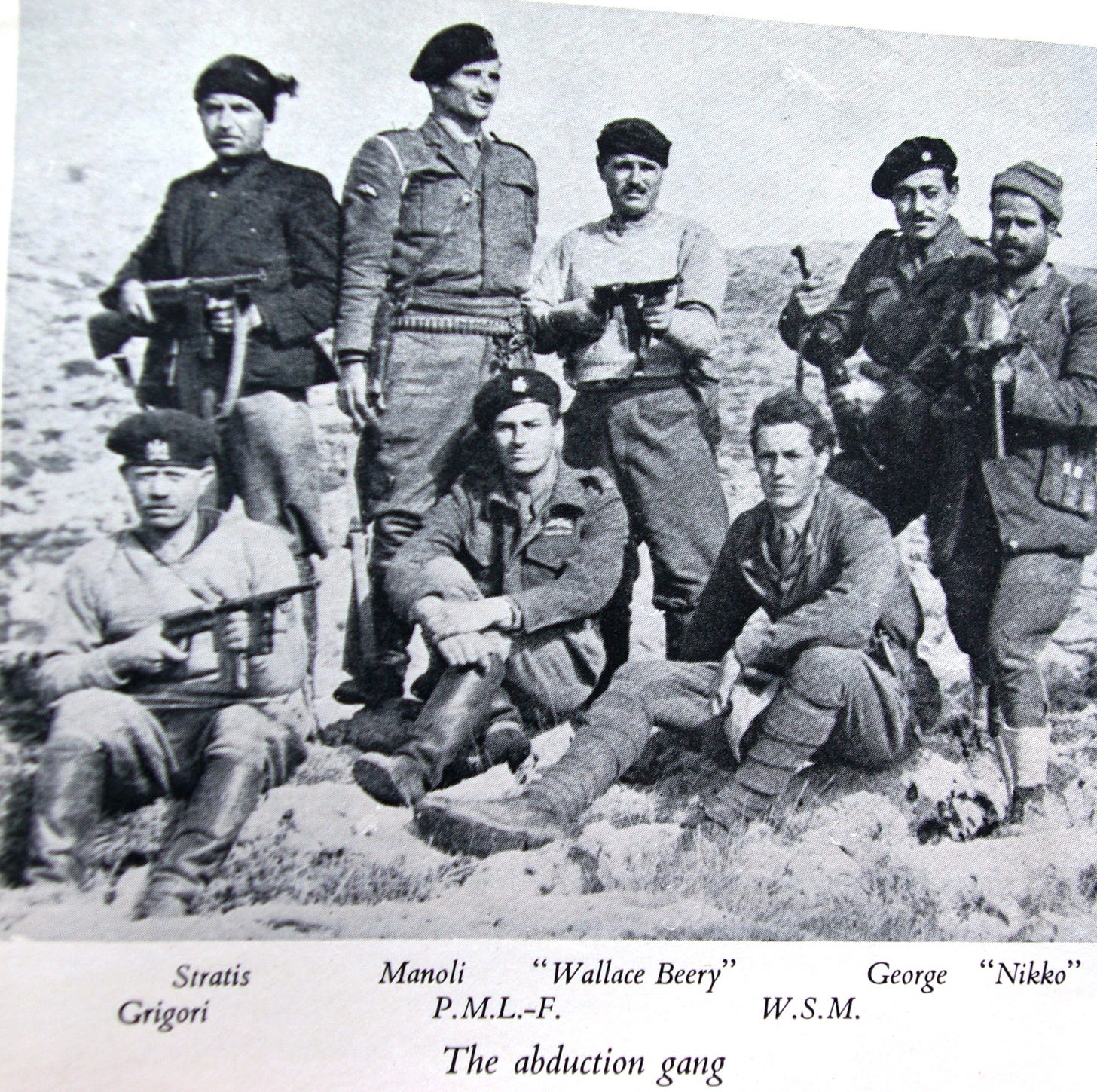


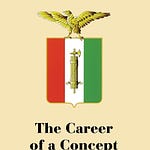
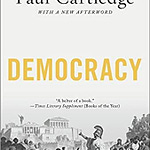

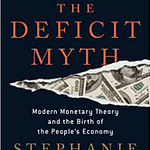


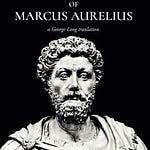
Share this post